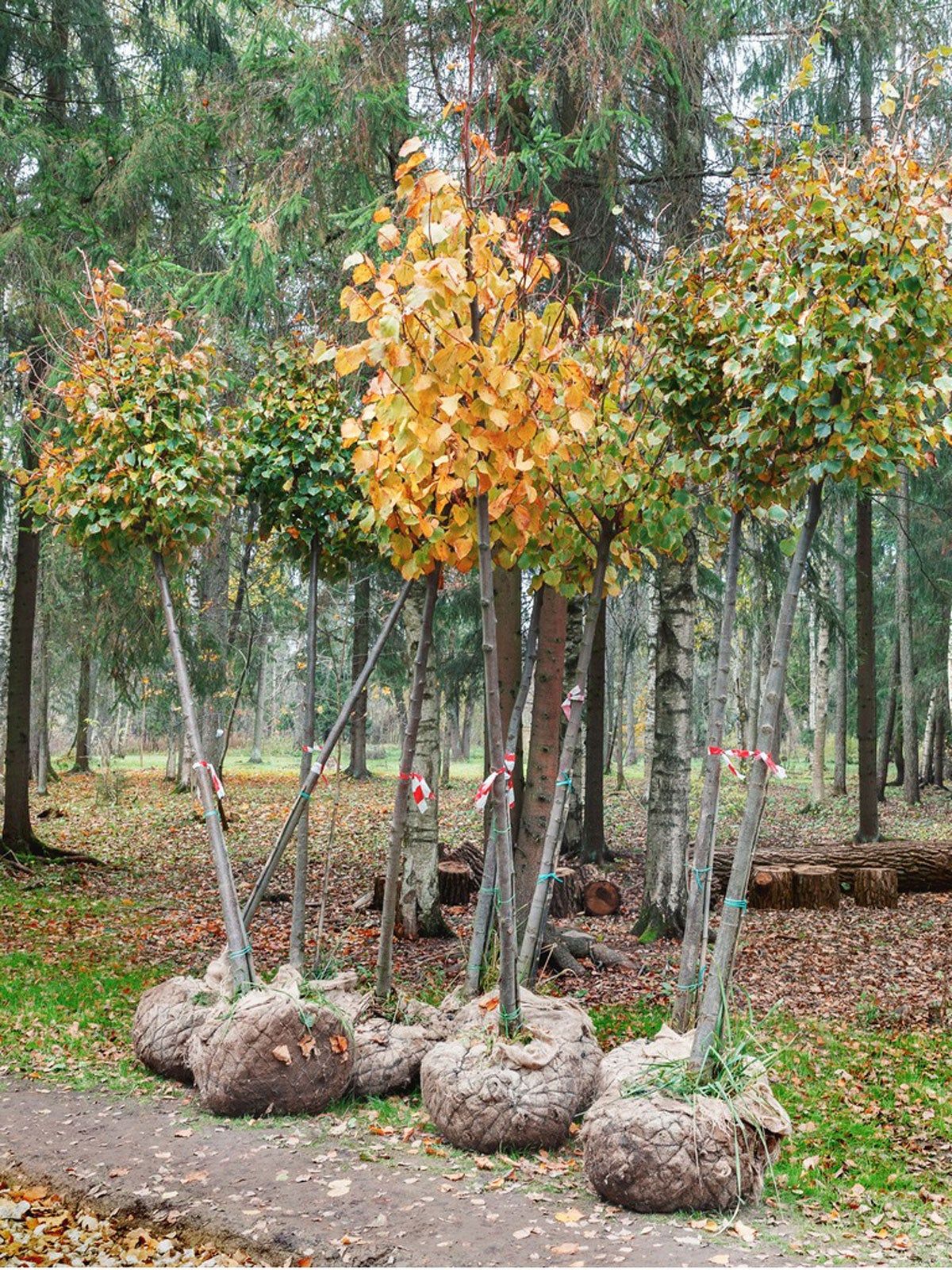- March 27, 2025
- Posted by: wellcoindustries
- Categories: Burlap, Erosion Control
Tree planting is more than just digging a hole and placing a sapling in the ground. The materials and methods you choose can significantly impact a tree’s growth and survival. Among gardeners and landscapers, burlap for tree planting has emerged as an invaluable resource for ensuring healthier, stronger trees. But why burlap? In this article, we’ll explore the 5 key benefits that make burlap essential for successful tree planting.

Benefit 1: Enhanced Root Protection
The roots of a young tree are vulnerable, particularly during transplanting. Burlap provides a critical protective layer that reduces stress and damage, helping roots remain intact during transportation and planting. Unlike plastic or synthetic wraps, burlap gently cushions and supports roots, allowing them to maintain their natural shape.
Example:
Imagine transporting a young maple tree without adequate protection. Exposed roots can dry out or sustain damage, severely impacting the tree’s health. Burlap, however, safeguards the roots, ensuring your tree remains healthy from nursery to soil.
Benefit 2: Improved Moisture Retention
Maintaining moisture around a newly planted tree is essential for its survival. Burlap excels at holding moisture, gradually releasing it into the soil, which significantly reduces watering frequency and promotes consistent hydration.
Statistic:
Studies indicate that trees wrapped in burlap retain up to 25% more moisture than trees planted without protective coverings. This ensures your tree remains hydrated during crucial early growth stages, especially during hot or dry conditions.
Benefit 3: Better Temperature Regulation
Young trees are susceptible to temperature extremes, which can severely affect their growth. Burlap provides insulation, creating a stable microclimate around roots. During winter, burlap protects roots from freezing, while in summer, it shields roots from scorching temperatures.
Practical Example:
Gardeners in colder regions often use burlap wraps around tree trunks and roots to prevent frost damage. Likewise, burlap can shield delicate roots from heat stress in hot climates, significantly improving tree survival rates.
Benefit 4: Environmentally Friendly and Biodegradable
Choosing materials that don’t harm the environment is crucial for sustainable gardening. Burlap, crafted from natural fibers like jute, is completely biodegradable. Unlike synthetic wraps that linger in the soil indefinitely, burlap decomposes naturally, enriching the soil as it breaks down.
Gardening sustainably with biodegradable materials helps preserve soil health and protects ecosystems, making burlap a preferred choice among environmentally conscious gardeners.
Benefit 5: Easier Handling and Planting Process
Using burlap makes the planting process simpler and cleaner. Trees wrapped in burlap can be planted directly into the soil without removing the wrapping. Burlap naturally decomposes, eliminating the need for cleanup and minimizing disturbance to delicate roots.
Step-by-Step Guide:
-
Dig a hole twice as wide as the burlap-wrapped root ball.
-
Place the burlap-covered tree into the hole, adjusting for proper depth.
-
Loosen or partially open the top of the burlap wrap to expose the soil and roots slightly, ensuring the burlap doesn’t restrict growth.
-
Fill the hole with soil, lightly tamping to remove air pockets.
-
Water thoroughly to ensure good soil-root contact.
This simplified approach saves time and effort while enhancing the likelihood of successful transplantation.
Conclusion
From protecting delicate roots and retaining moisture to regulating temperatures, being environmentally sustainable, and simplifying the planting process, burlap offers multiple indispensable advantages for tree planting. If you’re serious about ensuring your trees thrive, incorporating burlap for tree planting should be your next gardening upgrade.
Have you used burlap for planting trees? Share your experiences or additional tips in the comments below—we’d love to hear from you!
